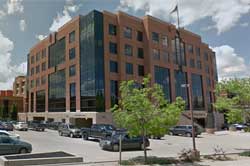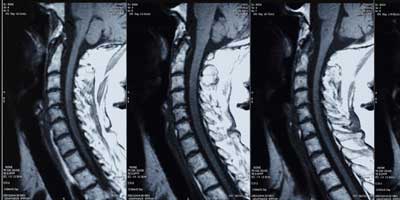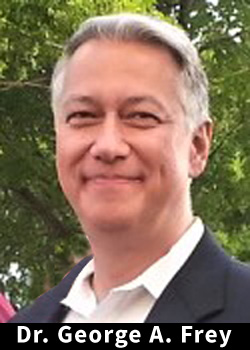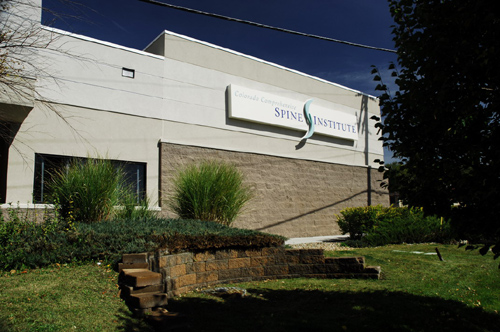Locations

Fax: (303) 762-9292

Explaining Spinal Disorders: Cervical Degenerative Disc Disease
As we age, our vertebral discs, which serve as spine’s shock absorbers, gradually dry out, affecting their strength and resiliency. This can lead to degenerative disc disease (DDD). DDD of the cervical spine is a relatively common condition for aging adults. However, many people who have cervical degenerative disc disease don’t even know it. They may only become aware of the condition when being examined for another health problem, or during a routine checkup.
![]()
Symptoms
Disc degeneration is a normal part of aging, and usually is not a problem. However, DDD can cause discs to lose height and become stiff. When disc height is lost, nerve impingement, bone and joint inflammation, and resultant pain can occur. Disc degeneration causes loss of the joint space, similar to arthritis pain and inflammation. In severe cases, pain may be constant.

Diagnosis
Our practice combines our expertise and advanced diagnostic technology to ensure a correct diagnosis. The diagnostic process includes:
- Medical history. The doctor asks you questions about your symptoms, their severity, and what treatments you have already tried.
- Physical examination. You are carefully examined for limitations of movement, problems with balance, and pain. During this exam, the doctor looks for loss of reflexes, muscle weakness, loss of sensation or other signs of neurological injury.
- Diagnostic tests. Most doctors start with x-rays, which helps to rule out other problems such as a tumor or infection. The films also reveal any loss of disc space between the vertebrae. Oftentimes, an MRI is needed to fully evaluate these conditions. An MRI is best at showing the spinal cord and disc structures. In some cases, Discography is performed to confirm a diagnosis. Discography involves injecting contrast dye into the affected disc (or discs) to create a clearer image and temporarily replicate symptoms.
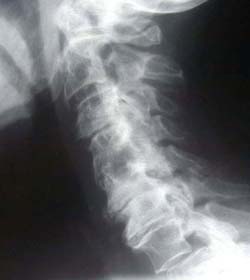
Lateral (side) cervical x-ray (above) reveals disc space narrowing and osteophyte (bone spur) formation. Notice how straight the neck is. Degeneration causes the loss of normal neck curvature. This patient’s head thrusts forward and is in poor alignment.
Nonoperative Treatment
The good news is that most cases of cervical degenerative disc disease do not require surgery. Many different nonsurgical treatments help relieve symptoms. These include:
- Medications, such as an anti-inflammatory to reduce swelling and pain, muscle relaxants to calm spasm, and occasionally narcotic painkillers to alleviate acute pain.
- Cold/heat therapy, especially during the first 24-48 hours.
- Spinal injections (i.e. epidural) may help relieve neck and related upper extremity pain.
- Physical therapy, which may include gentle massage, stretching, therapeutic exercise, bracing, or traction to decrease pain and increase function.
- Chiropractic or alternative therapy (i.e. acupuncture).
In conjunction with these treatments, our staff will educate you about healthy posture and proper body mechanics.
Surgical Treatment
If symptoms of cervical degenerative disc disease persist, despite nonoperative treatment, further diagnostic tests may be necessary. Additional tests may include a CT scan, MRI, Myelography, or Discography. If the surgeon discovers that one or more of the intervertebral discs have herniated, surgery may be necessary.
Your surgeon will consider various surgical options. A common technique is an anterior cervical discectomy and fusion (ACDF). This involves an anterior (from the front) approach, removing the damaged disc, and fusing the adjacent vertebrae using bone graft and instrumentation (i.e. screws, plates).
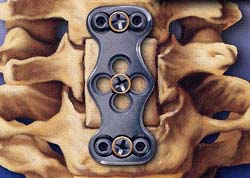
After the spinal cord has been decompressed, an anterior cervical plate (above) and fusion stabilizes the neck.
However, there are other surgical options that can be considered, including cervical disc replacement. Your surgeon will discuss these options with you.
Conclusion
While cervical degenerative disc disease (DDD) is a natural part of aging, it does not mean you have to live with neck pain. Your doctor can help you return to a healthy and active life. For most patients, nonsurgical treatment is effective. But even if surgery is needed, be assured that your doctor will discuss with you all aspects of the procedure and provide you with the best possible care.
In addition treatment, our medical professionals have a deep commitment to patient education. By helping you understand the cause of your condition, we can help you eliminate risk factors and instill spine healthy habits for a lifetime. While you are under our care, our medical staff will provide you with excellent information to help you recover, minimize risk factors, and stay healthy.



